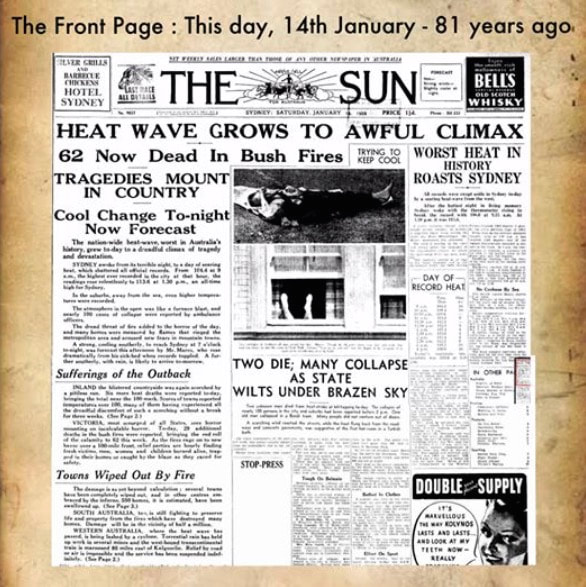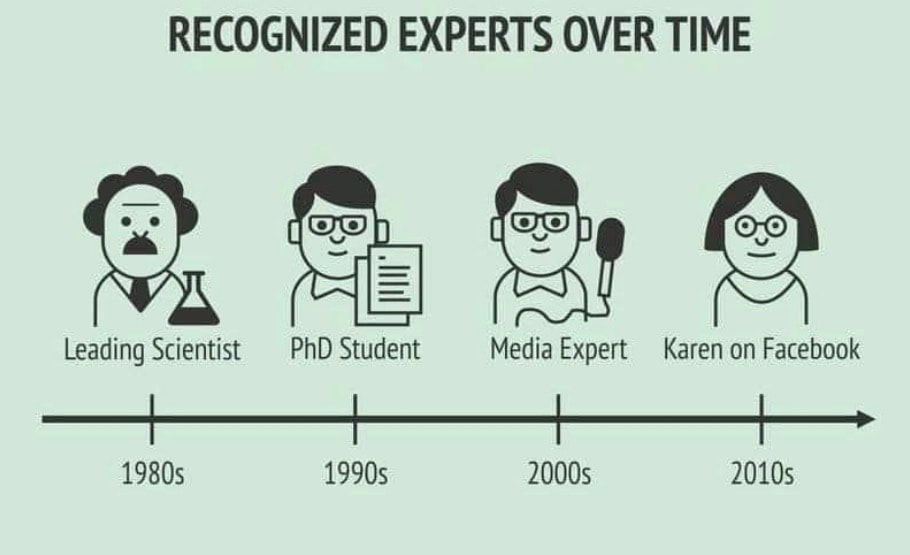|
....Well, finally started my first blog. My hope is that this will be a repository of my musing on science education, not just physics, but other topical issues in the news where science communication is key. Other topics will include the state of science education, and share ideas to better communicate science, not only in the classroom but beyond as well So here is my first musings...(and they are meant to be musings to promote discussion so are not too tightly edited) I have just completed a series of three videos on evidence for climate change. (You can find them on my YT channel) One of the main drivers for this topic has been my frustration at seeing climate deniers on social media, post things such these... What's frustrating is the cherry picking involved and the often the unwillingness to look at the evidence properly. And it seems that climate deniers have a poor understanding of the process of science. (I call them climate deniers not sceptics because science relies on scepticism. True scientific skepticism is where they challenge the prevailing views, look at the evidence and change their views accordingly.) Science works on the principle where "evidence trumps opinion". Unfortunately much of what what I see about climate denial, is the complete reverse! (and I am sure many of you would see the same in other areas as well, where opinion trumps evidence.) A friend posted this picture recently and it captures this well... Apart from vested interests, I think one of the main contributors is the poor scientific literacy.
Educational researchers have in recent decades bemoaned the data that shows an uptake in science, both in high school and in higher institutions, had steadily decreased. There are many reasons suggested for this, and I am not going into it now - that would be a loooong discussion - but I do want to highlight one. In a world, of instant this and instant that, there is a decreasing trend of critical thinking. There is an unwillingness to have 'considered views', one where one needs to take time to look, time to think. Science relies open that. There is no quick soundbite. It takes time - collecting data, analysing data, thinking through the implications. It's easy to teach science as facts, but that's not what science is. Teaching the process of science is much harder challenge There are many fine teachers who are working very hard to teach science well, but are finding it a challenge to teach students to be critical thinkers in an age of instant information. The result: more ill-informed opinion being presented as fact, when the evidence isn't there. What do you think is the reason behind this rise is climate denial? What do you think needs to happen to address the scientific illiteracy? Leave your comments below (You may need to click on the title above)
1 Comment
|
AuthorTeacher, YouTuber, Archives
November 2021
Categories
All
|
|
© COPYRIGHT 2024.
ALL RIGHTS RESERVED. |



 RSS Feed
RSS Feed
